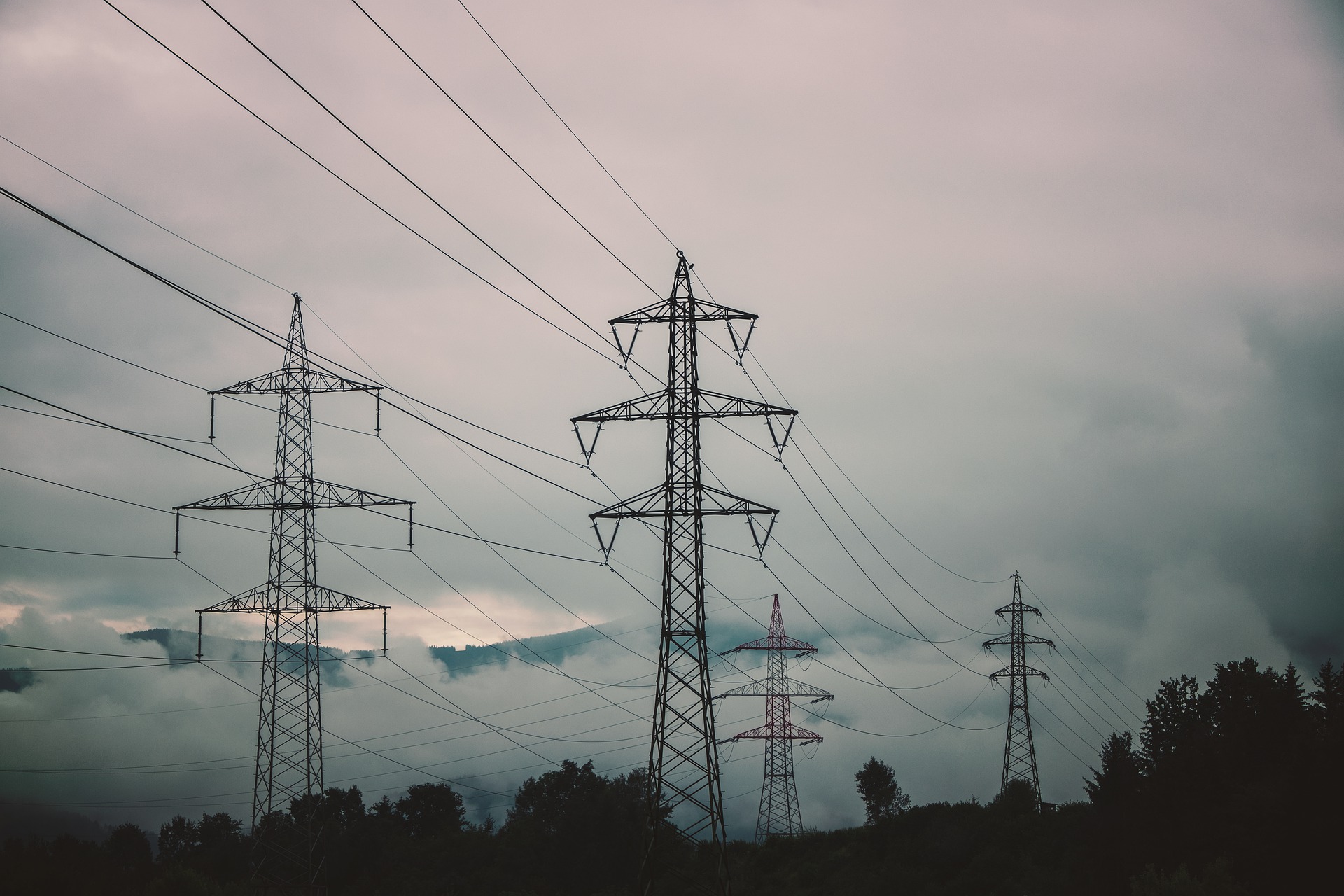Draft resolution of the Council of Ministers amending the resolution on “Poland’s energy policy until 2040.” was discussed at the last meeting of the Council of Ministers, which took place on 4 April 2023.
According to the information published on the website of the Chancellery of the Prime Minister, the adoption of the resolution in question did not take place. The official reason is the ministers’ request for more time to read the document.
According to the Ministry of Climate and Environment in a recent communication, (…) according to the third PEP 2040 scenario, an unprecedented development of new capacity is expected in the next two decades: by 2040, the amount of installed capacity will double to the level of approx. 130 GW. In addition, by 2040 there will be a deep technological diversification of the electricity mix, and zero-emission sources (RES and nuclear) will account for approx. 74 percent. installed capacity and will cover approx. 73 percent. electricity demand.
An important role in the country’s power system will be played by offshore wind farms. It is forecast that in 2030 their installed capacity will amount to 5.9 GW, and ten years later – already 18 GW. Onshore wind energy may reach 14 GW in 2030, and 20 GW in 2040. Assuming rational growth, in 2030 Poland may have 27 GW of installed photovoltaic capacity, and in 2040 it may already be 45 GW. Including other types of renewable sources (for biomass, biogas, water energy), the achievable capacity of RES may amount to 50 GW in 2030 and 88 GW in 2040, which will produce approx. electricity in 2030 and 51 percent. in 2040. In seventeen years, nuclear energy may generate nearly 23% of electricity in the country.



